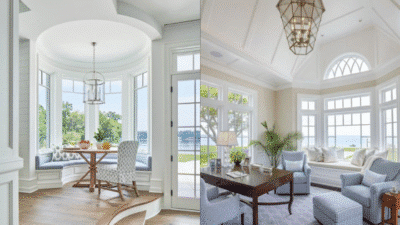Hurricane season brings strong winds, heavy rain, and flying debris that can wreak havoc on homes. Among all structural elements, the roof is one of the most vulnerable but important components when it comes to protecting a property during a storm. A poorly designed or outdated roof can be ripped away, leaving the interior exposed to catastrophic damage. Roofs built with storm resistance in mind can withstand harsh conditions and minimize destruction. Understanding the best roof designs for hurricane protection is crucial for homeowners living in storm-prone regions. Below, we’ll explore roof shapes, materials, and reinforcement strategies that provide optimal safety during hurricane season.
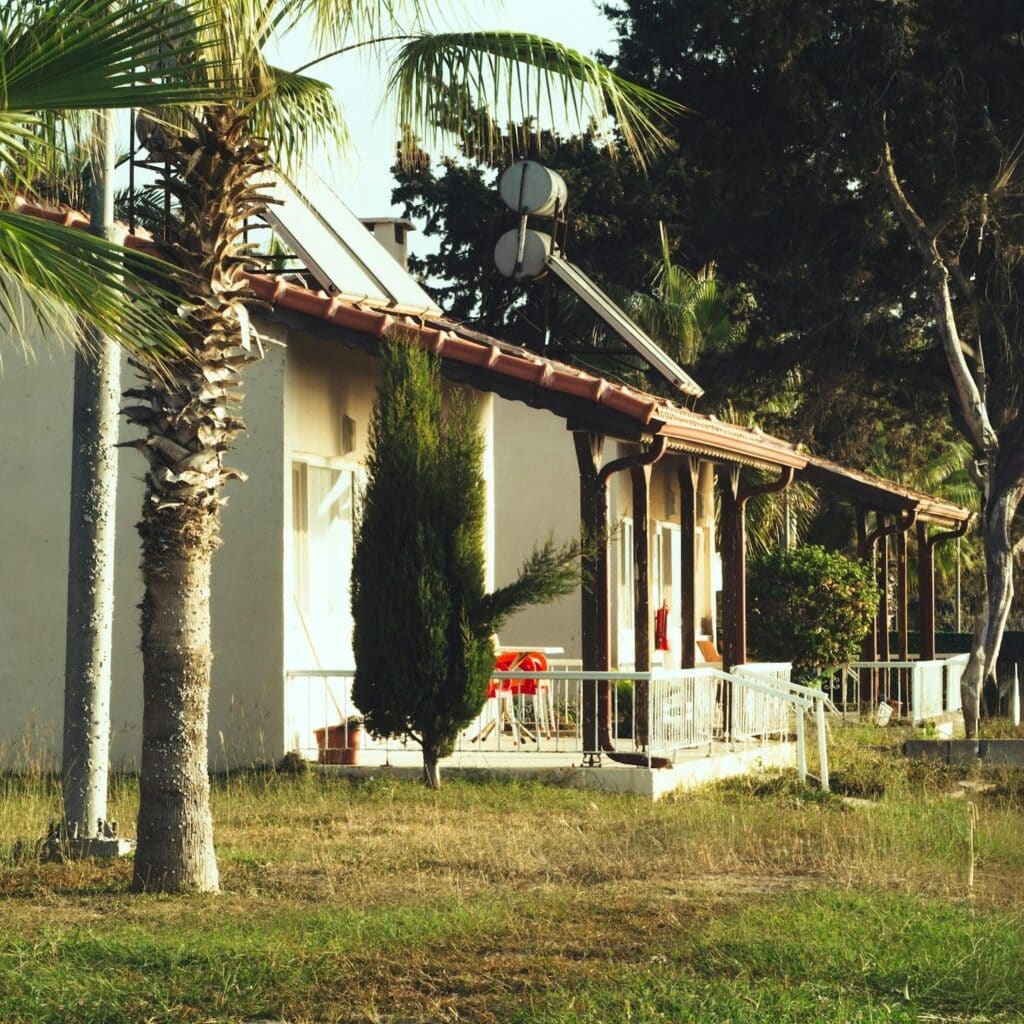
The Aerodynamic Advantage of Hip Roofs
When it comes to roof design, shape plays a critical role in storm resistance. Hip roofs, those that slope down on all four sides, are widely regarded as the most hurricane-resistant design. Their aerodynamic structure allows wind to flow over them more smoothly compared to gable roofs, which can catch wind like a sail. Hip roofs are less prone to lifting because the wind pressure is distributed evenly across the surface. The inward slope provides stronger support against lateral forces. While hip roofs can be more expensive to build due to their complexity, the added protection during hurricane season makes them a smart investment for homeowners in high-risk areas.
The Role of Proper Maintenance and Inspections
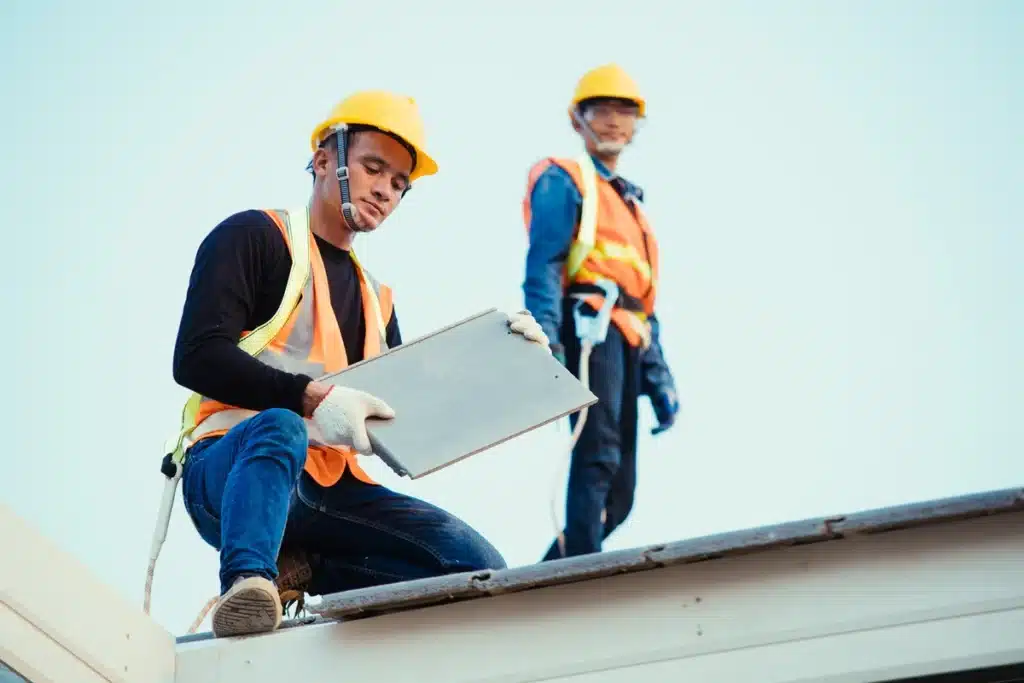
Proper maintenance and regular inspections are crucial for ensuring a roof can withstand the forces of a hurricane. Even the most well-designed roofs can fail if small issues go unnoticed, such as loose shingles, damaged flashing, or clogged gutters. Homeowners should prioritize checking these components before hurricane season to prevent avoidable damage. During hurricane preparation, having a professional or thorough self-inspection can identify weaknesses that might otherwise be overlooked, from minor leaks to structural vulnerabilities. Routine upkeep, including cleaning debris and trimming nearby trees, helps reduce risks associated with flying objects and water intrusion. Consistent attention to roof health protects the structure and its occupants.
The Importance of Roof Pitch and Slope

The angle of a roof’s pitch is another factor that influences storm resistance. Research shows that roofs with a moderate pitch, typically between 30 and 45 degrees, perform best under hurricane conditions. A slope that is too flat allows water to pool, increasing the risk of leaks and structural strain. A roof that is too steep can catch the wind more easily, making it susceptible to uplift. Striking the right balance helps minimize wind and water damage. By consulting with roofing professionals, homeowners can determine the ideal pitch that suits their home’s design while enhancing hurricane resilience.
Reinforcing Roof-to-Wall Connections
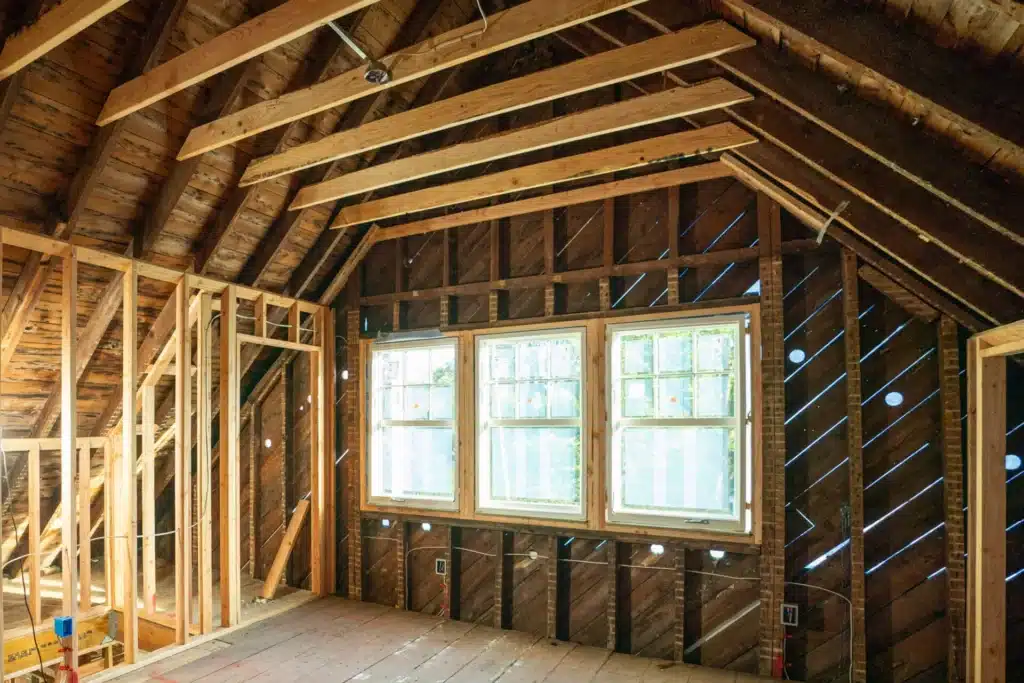
Even the strongest roof design can fail if it isn’t securely connected to the rest of the structure. During hurricanes, wind can generate upward forces that separate the roof from the walls. Reinforcing roof-to-wall connections with hurricane straps or clips is an effective way to combat this. These metal connectors tie the roof firmly to the home’s frame, creating a continuous load path that resists uplift. Building codes in hurricane-prone regions often require such reinforcements, but older homes may lack them. Retrofitting these safety features can significantly improve a roof’s chances of staying intact when high winds strike.
Durable Roofing Materials for Hurricane Protection
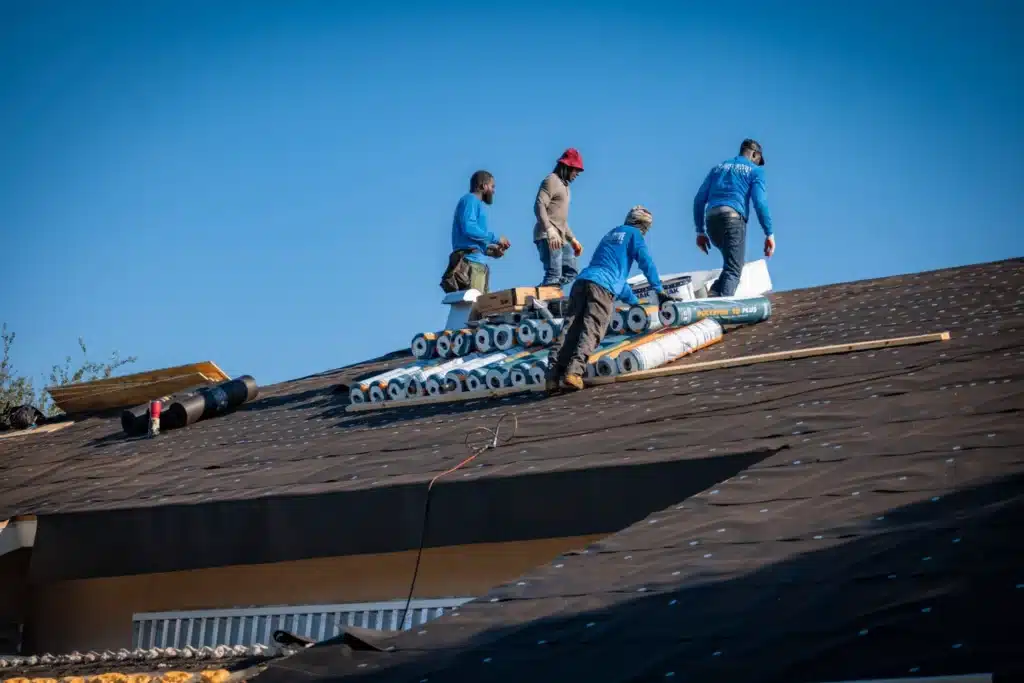
Material selection is equally important when designing a hurricane-resistant roof. Asphalt shingles, while common, often underperform in extreme storms unless they are rated for high winds. Alternatives like metal roofing, concrete tiles, or clay tiles tend to provide superior protection. Metal roofs, in particular, are lightweight, highly durable, and resistant to wind speeds exceeding 140 miles per hour. Concrete and clay tiles are heavier, which helps keep them in place, though they must be installed properly to avoid detachment. Investing in impact-resistant materials improves performance during storms and extends the lifespan of the roof.
Sealed Roof Decks for Added Water Resistance

Strong winds aren’t the only threat hurricanes bring. Water intrusion can cause extensive damage even if the roof remains in place. A sealed roof deck acts as a secondary barrier to prevent rain from entering the home if shingles or tiles are blown away. This is achieved by applying waterproof membranes or special tapes over the roof decking before the primary roofing material is installed. By sealing joints and seams, the deck helps protect against water leaks that can damage insulation, drywall, and personal belongings. For homeowners in coastal regions, investing in a sealed deck is an effective way to add an extra layer of storm resilience.
Protecting a home during hurricane season starts at the top, with the roof. By choosing aerodynamic designs like hip roofs, ensuring the right pitch, reinforcing connections, and investing in durable materials, homeowners can drastically reduce storm-related risks. Adding features such as sealed roof decks further enhances water resistance, while routine maintenance keeps potential vulnerabilities in check. Though building or upgrading a hurricane-resistant roof may require a higher upfront cost, the long-term benefits in safety, peace of mind, and reduced repair expenses are invaluable. As hurricanes continue to pose threats each season, a well-designed roof remains one of the most powerful defenses a home can have.
- 0shares
- Facebook0
- Pinterest0
- Twitter0


